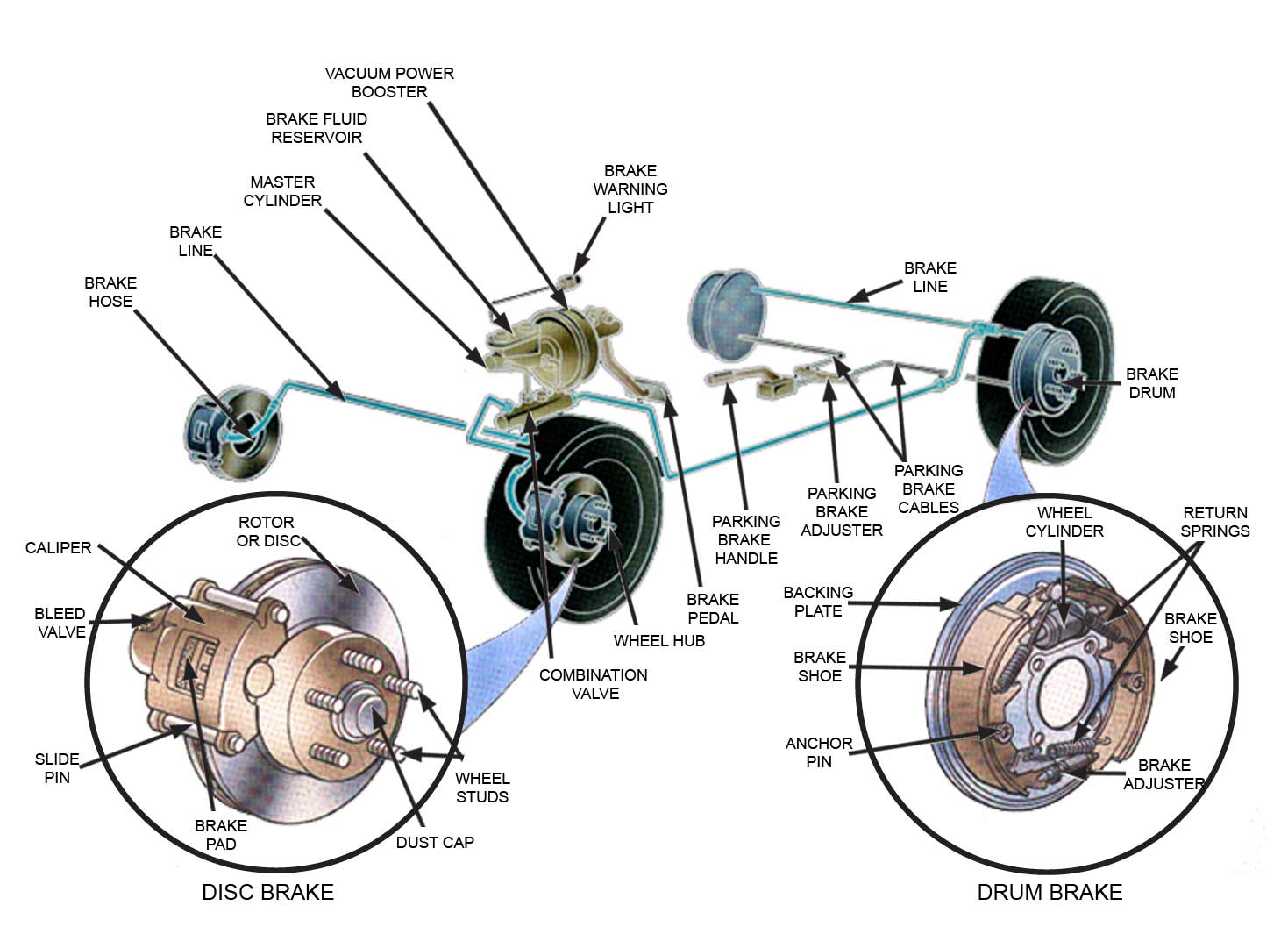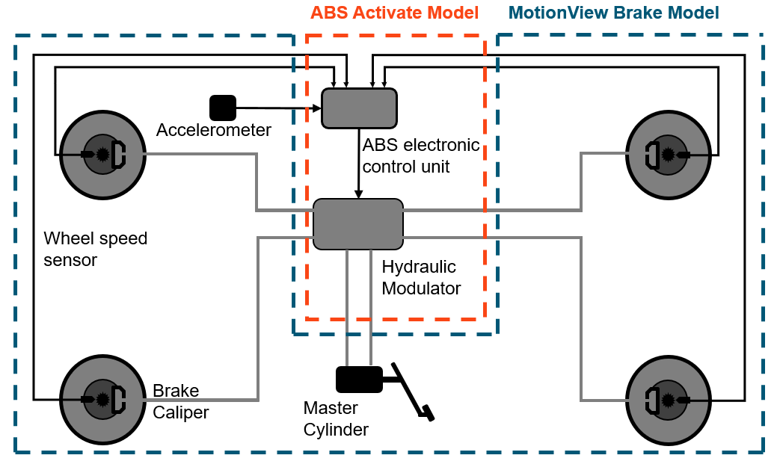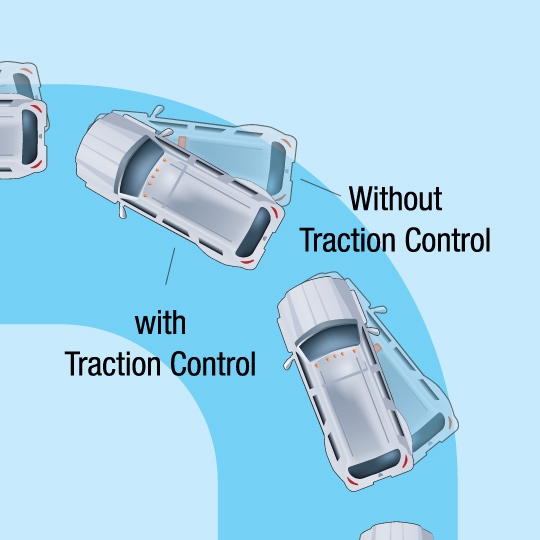Controlled Braking Definition: An In-depth Guide to Understanding and Implementing Controlled Braking Techniques
Braking is an essential aspect of driving that ensures the safety of both the driver and passengers. Among the various braking techniques, controlled braking stands out as a critical skill that every driver should possess. In this comprehensive guide, we will delve into the definition, principles, and application of controlled braking, empowering you with the knowledge to execute this technique effectively.

Brake Booster Repair
1. Understanding Controlled Braking
1.1 Definition of Controlled Braking
Controlled braking refers to the deliberate application of braking force to slow down or stop a vehicle while maintaining stability and control.
Unlike emergency braking, which focuses on sudden and forceful deceleration, controlled braking emphasizes a gradual and controlled approach, maximizing safety and minimizing the risk of skidding or loss of control.
1.2 The Science Behind Controlled Braking
To comprehend controlled braking, it is crucial to grasp the underlying physics.
When a vehicle's brakes are applied, friction is generated between the brake pads and the rotors or drums.
This friction converts the kinetic energy of the moving vehicle into heat energy, reducing its speed.
Controlled braking optimizes this process by balancing braking force and ensuring the wheels continue to rotate, preventing skidding and allowing for better control.
2. Key Principles of Controlled Braking
2.1 Maintaining Proper Braking Technique
To execute controlled braking effectively, mastering the proper braking technique is essential.
Drivers should apply gradual pressure to the brake pedal, steadily increasing the force without sudden jolts.
This technique allows the weight of the vehicle to shift forward gradually, maximizing traction on the front wheels and maintaining stability.
2.2 Anticipating Braking Distances
Another fundamental principle of controlled braking is anticipating the required braking distance.
By monitoring the road conditions, traffic, and the behavior of other vehicles, drivers can predict when they will need to slow down or stop.
Anticipating braking distances enables drivers to initiate controlled braking early, minimizing the need for abrupt, emergency stops.

Anti-lock Braking System
2.3 Monitoring and Adjusting Braking
Force Maintaining control during controlled braking involves continuously monitoring and adjusting the applied braking force.
Drivers should modulate the pressure on the brake pedal to prevent wheel lock-up or skidding.
This technique allows the wheels to rotate while providing the desired deceleration, enabling better control of the vehicle.
3. Implementing Controlled Braking Techniques
3.1 Practicing Progressive Braking
Progressive braking is a key aspect of controlled braking.
By initially applying light pressure to the brakes and gradually increasing it, drivers can smoothly and safely decelerate.
This technique optimizes weight transfer and maintains stability, reducing the risk of skidding and loss of control.
3.2 Utilizing Anti-lock Braking Systems (ABS)
Modern vehicles are often equipped with Anti-lock Braking Systems (ABS), which enhance controlled braking.
ABS prevents wheel lock-up by automatically modulating braking force in rapid succession.
When drivers encounter a sudden obstacle or need to brake forcefully, ABS enables them to maintain steering control while maximizing braking efficiency.
3.3 Engaging Traction Control Systems (TCS)
Traction Control Systems (TCS) play a vital role in controlled braking, particularly in challenging road conditions.
TCS detects wheel slip and adjusts engine power or applies braking force to specific wheels, ensuring optimal traction.
By preventing wheel spin or loss of grip, TCS contributes to effective controlled braking and enhances overall vehicle stability.

Traction Control Systems (TCS)
Controlled braking is an essential skill for drivers, promoting safety and preventing accidents on the road. By understanding the definition, principles, and application of controlled braking, drivers can enhance their driving abilities and mitigate risks associated with abrupt stops or loss of control.
Mastering controlled braking techniques empowers drivers to maintain stability, optimize braking distances, and confidently navigate various road scenarios. Remember, practice makes perfect, so devote time to honing your controlled braking skills and ensure a safe and secure driving experience.